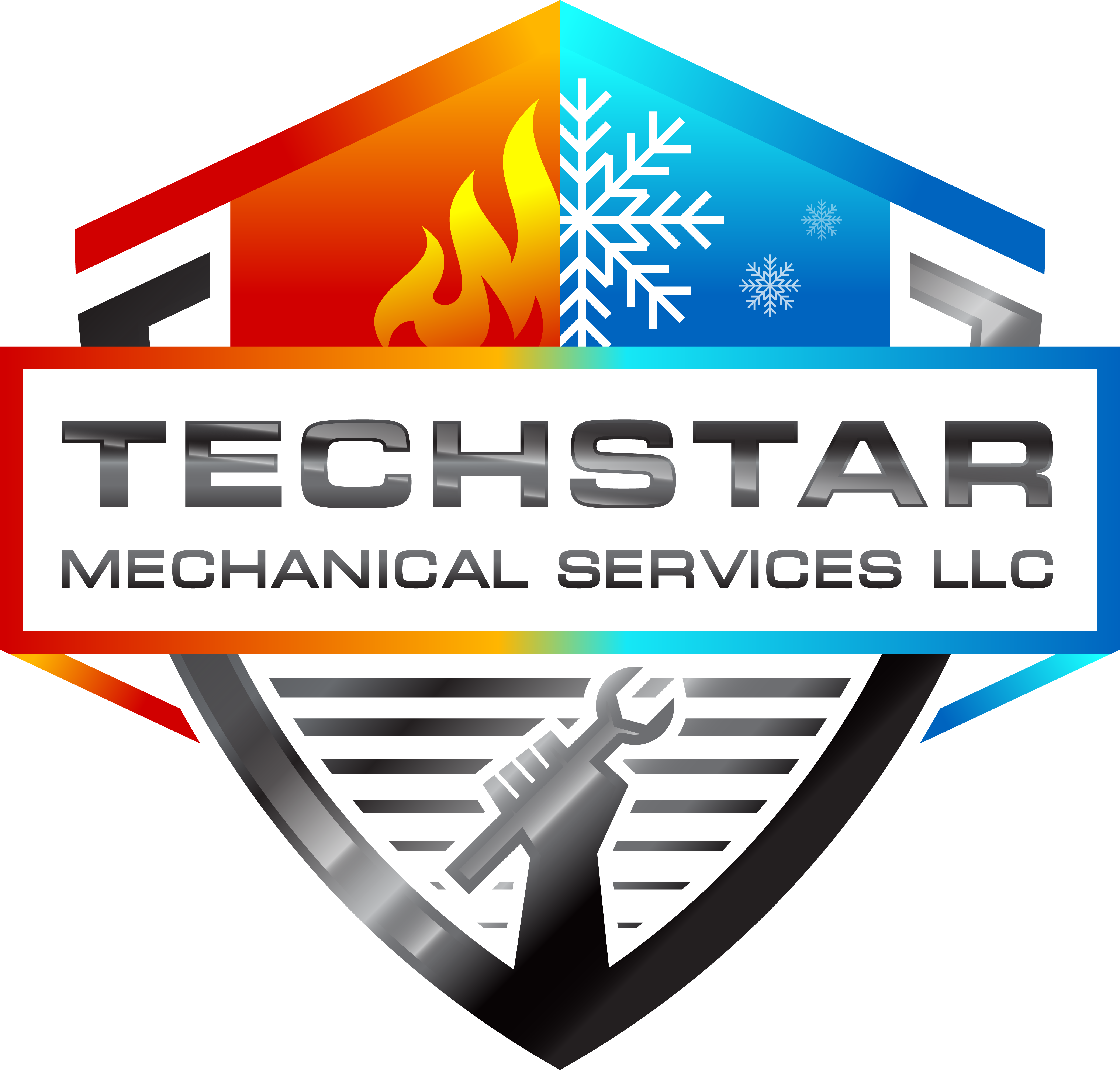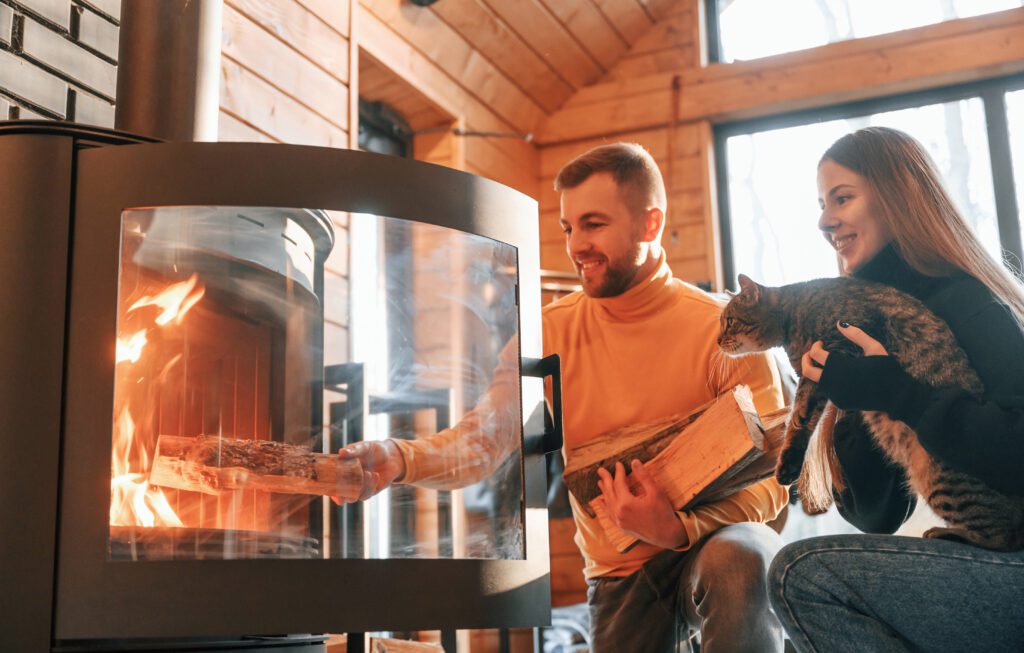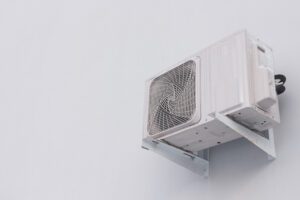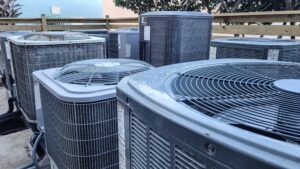As winter approaches, ensuring your furnace operates efficiently is crucial not just for comfort but also for the safety of your home. This comprehensive guide will cover the various aspects of furnace maintenance and repairs necessary to keep your heating system running smoothly during the cold months.
Understanding the Importance of Furnace Maintenance
Furnace maintenance is an essential part of homeownership, particularly in regions with harsh winter conditions. A well-maintained furnace not only ensures your home remains warm but also contributes to energy efficiency, which can lead to lower utility bills. Neglecting maintenance can lead to more severe issues that require costly repairs and replacements.
The Role of Your Furnace in Home Comfort
Your furnace plays a critical role in maintaining a comfortable living environment. It regulates indoor temperatures, ensuring that every room in your home is warm, especially during extreme weather. An effective furnace also helps to control humidity levels, which can affect everything from your health to the integrity of your home’s structure. Proper humidity control can prevent the growth of mold and mildew, which thrive in damp conditions, and can also protect wooden furniture and flooring from warping or cracking due to excessive dryness or moisture.
The Impact of Neglected Furnace Maintenance
Failing to perform regular maintenance on your furnace can lead to various problems. Dust and debris can accumulate, hindering the system’s efficiency. Components may degrade more quickly without proper care, leading to unexpected breakdowns. Ultimately, neglected maintenance can put your home at risk, leading to unsafe conditions or even carbon monoxide leaks. Regular inspections and cleanings can help identify potential issues before they escalate, ensuring that your furnace operates safely and effectively. Additionally, many manufacturers recommend routine maintenance to keep warranties valid, making it even more crucial to stay on top of these tasks.
Moreover, the benefits of furnace maintenance extend beyond just the immediate comfort and safety of your home. A well-maintained furnace can significantly extend its lifespan, allowing you to avoid the high costs associated with premature replacement. Regular maintenance checks often include tasks such as changing filters, checking for gas leaks, and ensuring that all components are functioning properly, which can lead to a more reliable heating system. Investing in your furnace’s upkeep not only enhances your home’s comfort but also contributes to a more sustainable environment by reducing energy consumption and lowering your carbon footprint.
Identifying Common Furnace Problems
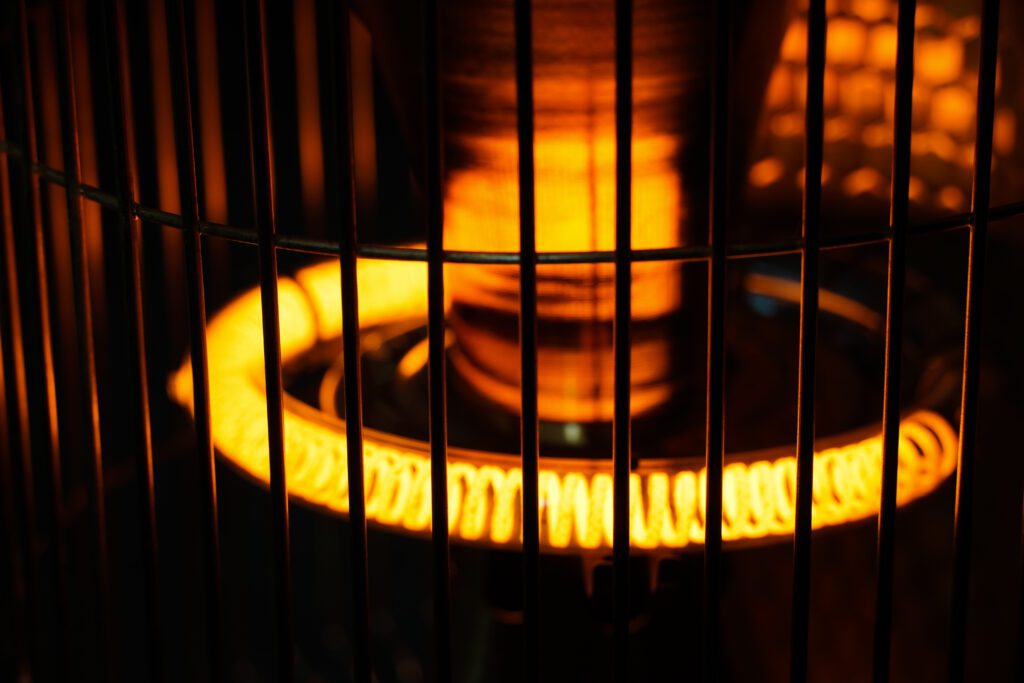
Awareness of common furnace problems is the first step toward timely repairs. An effective way to keep your home warm is to recognize issues early and address them promptly. Understanding these problems can save you from spending more on repairs in the long run. Regular maintenance and inspections can also play a crucial role in prolonging the life of your furnace, ensuring that it operates efficiently throughout the cold months.
Recognizing Signs of Furnace Issues
There are several warning signs that your furnace may need attention. Common indicators include unusual noises like rattling or banging, inconsistent heating throughout the home, and the presence of strange smells. Importantly, pay attention to any unusual spikes in your energy bills, as they can indicate that your furnace is working harder than it should. Additionally, if you notice an increase in dust accumulation around your home, it may suggest that your furnace is not filtering air properly, which can lead to respiratory issues for you and your family.
Common Furnace Problems and Their Causes
- Inconsistent Heating: This can arise from blocked vents, dirty filters, or failing components. It’s essential to check that all vents are unobstructed and that filters are replaced regularly to maintain optimal airflow.
- Frequent Cycling: If your furnace is constantly turning on and off, it could be due to a malfunctioning thermostat or an improperly sized furnace. This not only affects comfort levels but can also lead to increased wear and tear on your system.
- Yellow Pilot Light: A pilot light that is yellow indicates potential issues, such as incomplete combustion which can be harmful. This may require immediate attention from a professional to ensure safety and efficiency.
- Strange Noises: Rattling, humming, or thumping can indicate loose parts or mechanical problems. Ignoring these sounds can lead to more significant issues down the line, potentially resulting in costly repairs.
Moreover, it’s important to consider the age of your furnace. Older models may not only be less efficient but also more prone to frequent breakdowns. If your furnace is nearing the end of its expected lifespan, it may be worth evaluating the cost-effectiveness of repairs versus replacement. Additionally, regular servicing can help identify potential problems before they escalate, ensuring that your heating system remains reliable during the coldest months of the year.
Pre-Winter Furnace Inspection
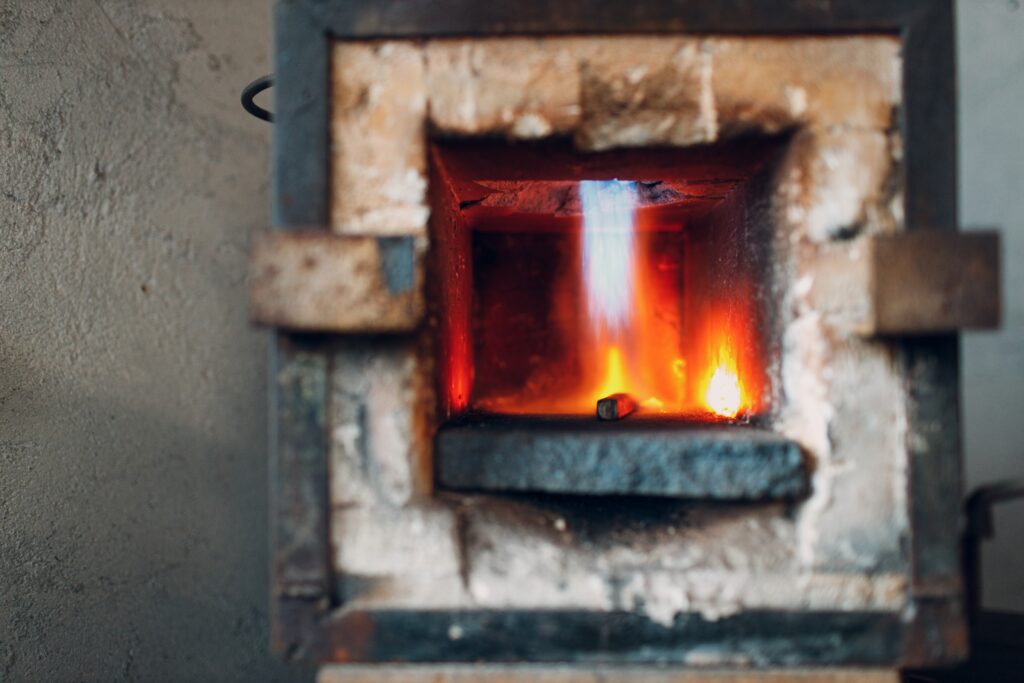
A pre-winter inspection is a proactive approach to furnace maintenance. It helps ensure that your heating system will be ready to cope with the demands of a cold climate. Regular inspections can allow you to catch minor issues before they escalate into major repairs. By taking the time to prepare your furnace ahead of the winter season, you not only enhance your comfort but also improve the efficiency of your heating system, potentially lowering your energy bills during the cold months.
Key Components to Inspect
During an inspection, essential components to check include the air filter, which should be clean and free of debris. The blower motor and belt should also be inspected for wear and adequate lubrication. Additionally, ensure that the heat exchanger is free of cracks and that the ductwork is properly sealed to prevent heat loss. It’s also wise to examine the thermostat settings and functionality; a malfunctioning thermostat can lead to inconsistent temperatures throughout your home. Furthermore, checking the flue and venting systems for blockages is crucial, as these can pose safety hazards and affect the furnace’s performance.
Professional vs. DIY Inspection
While some homeowners may feel comfortable performing basic inspections, enlisting a professional can provide peace of mind. Professionals have the training and experience to identify problems that may not be visible to the untrained eye. Moreover, they can perform maintenance tasks more safely, particularly when dealing with gas appliances. Hiring a certified technician not only ensures a thorough inspection but also often includes a detailed report of the furnace’s condition, which can be invaluable for future reference. Additionally, many professionals offer maintenance plans that include regular check-ups, which can save you time and money in the long run, as they help to keep your system running efficiently year after year.
Essential Furnace Repairs
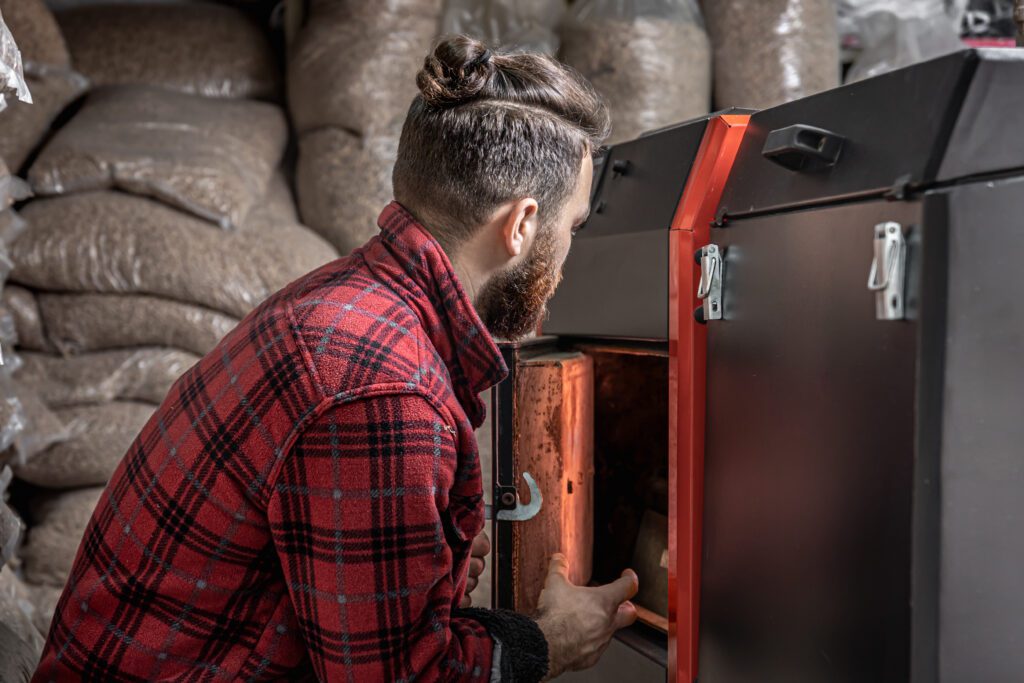
When issues are identified, timely repairs are crucial. Understanding the necessary repairs will help you in decision-making, whether to tackle the issue yourself or call in professionals. Regular maintenance can also prevent many of these problems from arising in the first place, ensuring your furnace operates efficiently throughout the colder months.
Fixing a Malfunctioning Thermostat
A malfunctioning thermostat can cause significant heating issues within your home. If your furnace is either short cycling or not responding at all, checking the thermostat is a good starting point. Often, the solution involves replacing batteries or recalibrating the device. In some cases, upgrading to a programmable or smart thermostat may be beneficial for energy efficiency. These advanced models allow you to set schedules and adjust temperatures remotely, providing both comfort and savings on your energy bills.
Repairing a Faulty Ignition or Pilot Light
If your furnace fails to start, a faulty ignition source might be the problem. Modern furnaces typically use electronic ignition, which can fail and require replacement. Older models that use a pilot light may have a dirty flame sensor or issues with gas supply. Regular cleaning and checking of components can help ensure proper function. Additionally, it’s important to inspect the gas line for leaks or blockages, as these can pose serious safety hazards and require immediate attention from a qualified technician.
Addressing Mechanical Problems
Mechanical issues can vary widely but may include problems like worn-out bearings in the blower motor or issues with the fan. These repairs often require technical knowledge, so if you’re not confident, it is best to call a professional to diagnose and fix these issues to avoid further damage. Furthermore, regular lubrication of moving parts and checking for loose connections can prolong the life of your furnace and enhance its performance, helping to maintain a consistent and comfortable indoor climate.
Cleaning and Maintaining the Furnace
In addition to addressing specific repairs, routine cleaning and maintenance of your furnace are essential for its longevity and efficiency. Dust and debris can accumulate in the furnace and ductwork, leading to reduced airflow and increased energy consumption. Changing the air filter regularly is a simple yet effective way to improve air quality and ensure optimal performance. Furthermore, scheduling annual inspections with a qualified HVAC technician can help identify potential issues before they escalate, keeping your heating system in top shape.
Understanding the Importance of Safety Features
Modern furnaces come equipped with various safety features designed to protect your home and family. These include limit switches, which prevent overheating, and carbon monoxide detectors that alert you to dangerous gas leaks. Familiarizing yourself with these features and ensuring they are functioning correctly can provide peace of mind. Regularly testing your carbon monoxide detectors and replacing batteries as needed is crucial for maintaining a safe living environment, especially during the winter months when furnaces are in heavy use.
Scheduling Regular Furnace Maintenance
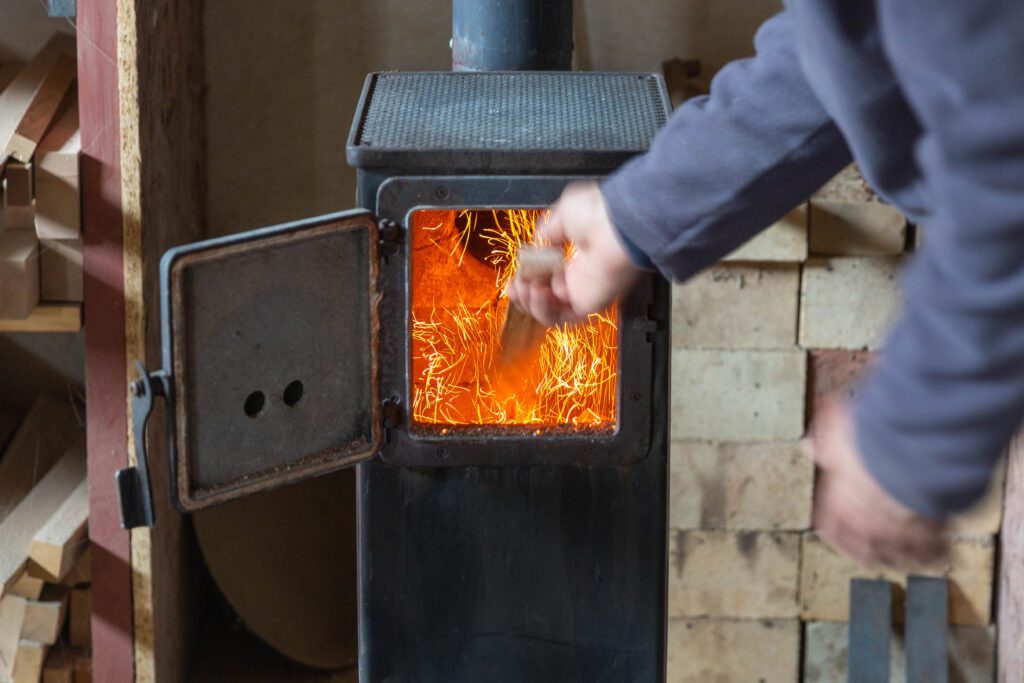
Establishing a regular maintenance schedule will greatly benefit your furnace’s longevity and efficiency. Preventative care is often much more affordable than emergency repairs. By committing to a routine maintenance plan, homeowners can not only save money but also enjoy peace of mind knowing their heating system is functioning optimally. Regular check-ups can help identify potential issues before they escalate into costly repairs, ensuring that your home remains a warm sanctuary during the cold months.
The Benefits of Regular Maintenance
Regular maintenance can lead to several benefits, including improved energy efficiency, fewer repairs, and enhanced safety. Regular checks can catch problems early, extending the life of your furnace and ensuring it operates at peak performance. Additionally, a well-maintained furnace can significantly lower your energy bills, as it won’t have to work as hard to heat your home. This efficiency not only saves you money but also reduces your carbon footprint, making it an environmentally friendly choice. Furthermore, regular maintenance can improve indoor air quality by ensuring that filters are clean and that there are no leaks or blockages in the system, which can lead to harmful gas emissions.
Finding a Reliable Furnace Maintenance Service
Finding a reliable furnace maintenance service is crucial to ensuring quality work. Look for companies with good reviews and customer feedback, and check for proper licensing and insurance. Having a trusted technician provide regular maintenance can alleviate the stress of furnace issues during winter. It’s also beneficial to ask about the specific services included in a maintenance package, such as filter changes, system cleaning, and safety inspections. Many companies offer seasonal promotions or loyalty programs that can further enhance the value of their services. Building a relationship with a dependable service provider can lead to personalized care, where technicians become familiar with your specific heating system and its needs.
Moreover, consider inquiring about the technician’s experience and training, as well as whether they stay updated on the latest technologies and best practices in furnace maintenance. A knowledgeable technician can provide valuable insights into your system’s performance and suggest improvements or upgrades that could enhance efficiency. By investing time in selecting the right maintenance service, you can ensure that your furnace receives the attention it deserves, ultimately leading to a more comfortable and energy-efficient home.
